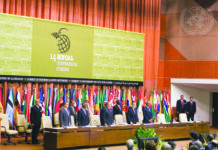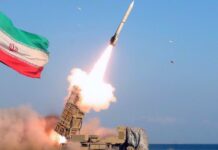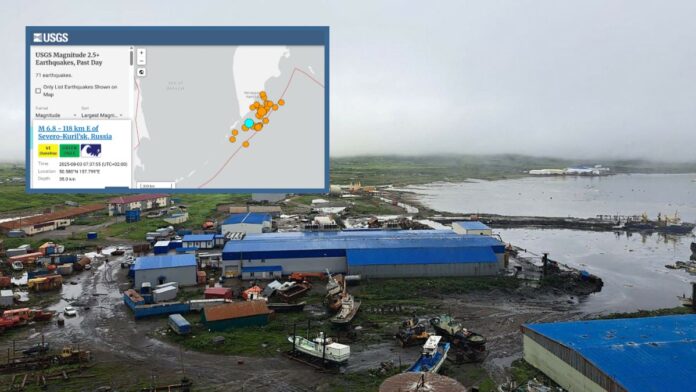MOSCOW: A powerful earthquake with a preliminary magnitude of 7.0 struck Russia’s far eastern Kuril Islands on Sunday, days after a major seismic event rattled the nearby Kamchatka Peninsula, prompting tsunami concerns across the Pacific.
The latest tremor was recorded at a depth of 10 kilometres, according to the German Research Centre for Geosciences (GFZ), which initially measured the quake at 6.35 magnitude before revising it. The United States Geological Survey (USGS) later confirmed the earthquake at magnitude 7.0.
The Pacific Tsunami Warning Center said there was no tsunami threat following the quake, calming fears of a repeat of the earlier episode that triggered mass evacuations.
However, Russian news agencies reported that a tsunami warning was temporarily issued in three districts of the Kamchatka region as a precautionary measure. Authorities did not report any casualties or significant damage from the latest quake as of the filing of this report.
The Kuril Islands, a volcanic archipelago stretching from Japan’s Hokkaido to Russia’s Kamchatka Peninsula, lie within the Pacific Ring of Fire—an area known for frequent earthquakes and volcanic activity.
The seismic event comes shortly after a devastating 8.0-magnitude earthquake struck off the Kamchatka coast late Wednesday. That quake, one of the strongest in the region’s recent history, prompted widespread tsunami advisories across the Pacific basin, including parts of the U.S. West Coast, Japan, and the Hawaiian Islands.
The USGS said the earlier quake was centered about 136 kilometers from Petropavlovsk-Kamchatsky, the capital of Kamchatka Krai, at a depth of 19 kilometers. In response, the Pacific Tsunami Warning Center issued immediate alerts, warning that hazardous waves could reach up to a metre in height.
Authorities on Sakhalin Island, located southwest of the epicentre, initiated evacuation measures as a precaution. Governor Valery Limarenko confirmed that residents were moved to higher ground amid fears of potential sea surges.
The Japanese Meteorological Agency and the U.S. National Weather Service also issued tsunami advisories, covering areas such as Alaska’s Aleutian Islands, parts of California, Oregon, and Washington.
Seismologists say that the back-to-back quakes are not unusual for the region. “This area is among the most active zones of tectonic movement, and such events, while alarming, are part of ongoing geological processes,” a Russian geophysicist told local media.
Though the latest tremor did not result in a tsunami, experts have warned residents and coastal authorities to remain alert for aftershocks or further seismic activity in the coming days.
The Russian Emergency Situations Ministry has dispatched assessment teams to remote villages on the Kuril Islands to evaluate any possible damage or disruption to infrastructure.
The Kuril Islands have long been prone to seismic events due to the subduction of the Pacific Plate beneath the Okhotsk Plate. The area remains sparsely populated, though it holds strategic military and geopolitical importance for Russia.
The recent increase in seismic activity has once again raised discussions on regional preparedness, with calls for improved early-warning systems and greater public awareness.
























guys this is our time to turn back to Allah Saudia flooded, and its desert turned green natural disasters are becoming common Euphrates is drying up c’mon chop chop guys